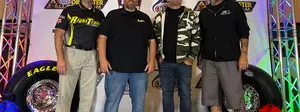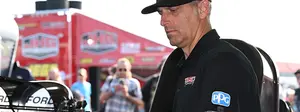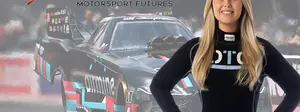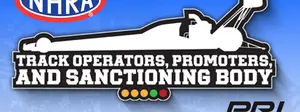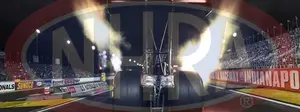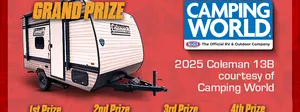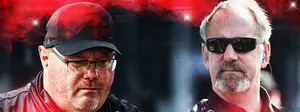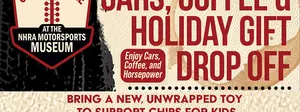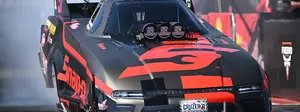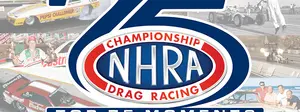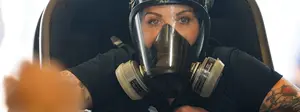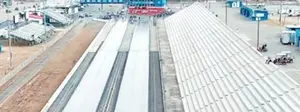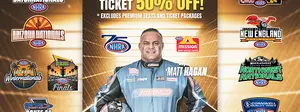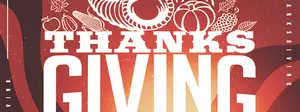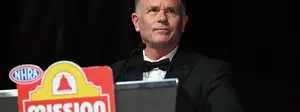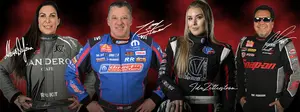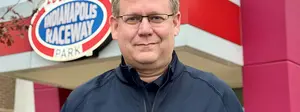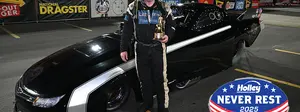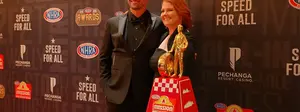

New to NHRA Drag Racing? Here's what you need to know

In addition to being a concert of as much as 20,000 combined horsepower, a drag race pairs two vehicles, including dragsters, cars, and motorcycles in a tournament-style elimination contest.
 The NHRA Mello Yello Drag Racing Series' two nitromethane-fueled classes, Top Fuel and Funny Car, race over a 1,000-foot distance and can reach speeds of 330 mph, while gasoline-burning entries in Pro Stock and Pro Stock Motorcycle race 1,320 feet to the finish line. All four classes are started by an electronic device called a Christmas Tree, nicknamed for its multi-colored bulbs that help direct the start of each race.
The NHRA Mello Yello Drag Racing Series' two nitromethane-fueled classes, Top Fuel and Funny Car, race over a 1,000-foot distance and can reach speeds of 330 mph, while gasoline-burning entries in Pro Stock and Pro Stock Motorcycle race 1,320 feet to the finish line. All four classes are started by an electronic device called a Christmas Tree, nicknamed for its multi-colored bulbs that help direct the start of each race.
[Want to learn more about the classes? Click here]
Races start when vehicles pull into the staging beams, which light the smaller blue bulbs on top of the Christmas Tree, signifying racers are about seven inches from the starting line. Once both vehicles have staged, the amber lights flash to the green bulb and the race begins and drivers make their way to the finish line. A red light signifies that a driver left before the green light and is cause of immediate disqualification.
A winner is determined by who crosses the finish line first, which is a combination of two factors: A racer’s reaction to the green light on the Christmas Tree, known as reaction time, and the car's actual performance over the racing distance, which is measured in seconds and milliseconds, and known as elapsed time.. Because each lane is timed independently, a racer can score what is known as a holeshot win, advancing with a slower elapsed time but a better reaction time. Again, it's all about who gets to the finish line first, like in the below video:
To get into Sunday's 16-vehicle elimination field, racers must first qualify by posting one of the top-16 elapsed times in one of the four available qualifying sessions. Qualifying typically takes place on Friday and Saturday, and eliminations are held, bracket-style, on Sunday. The No. 1 qualifier takes on the No. 16 qualifier, and so on. Here's what a typical bracket looks like:

Drivers get their choice of lane each round based on their elapsed time in the previous round (or, in the case of the first round, based on their performance in qualifying), with the quicker of the two drivers getting to select their lane, which can vary throughout the day due to weather, ontrack incidents, and other factors. Advancing drivers move forward on ladder to take on the round's other victors until just two drivers face off for the overall event title in the final round.
Want to learn more about the NHRA? Read on:
Glossary | EncycloSPEEDia Videos | Countdown to the Championship | Walk 1,000 Feet























